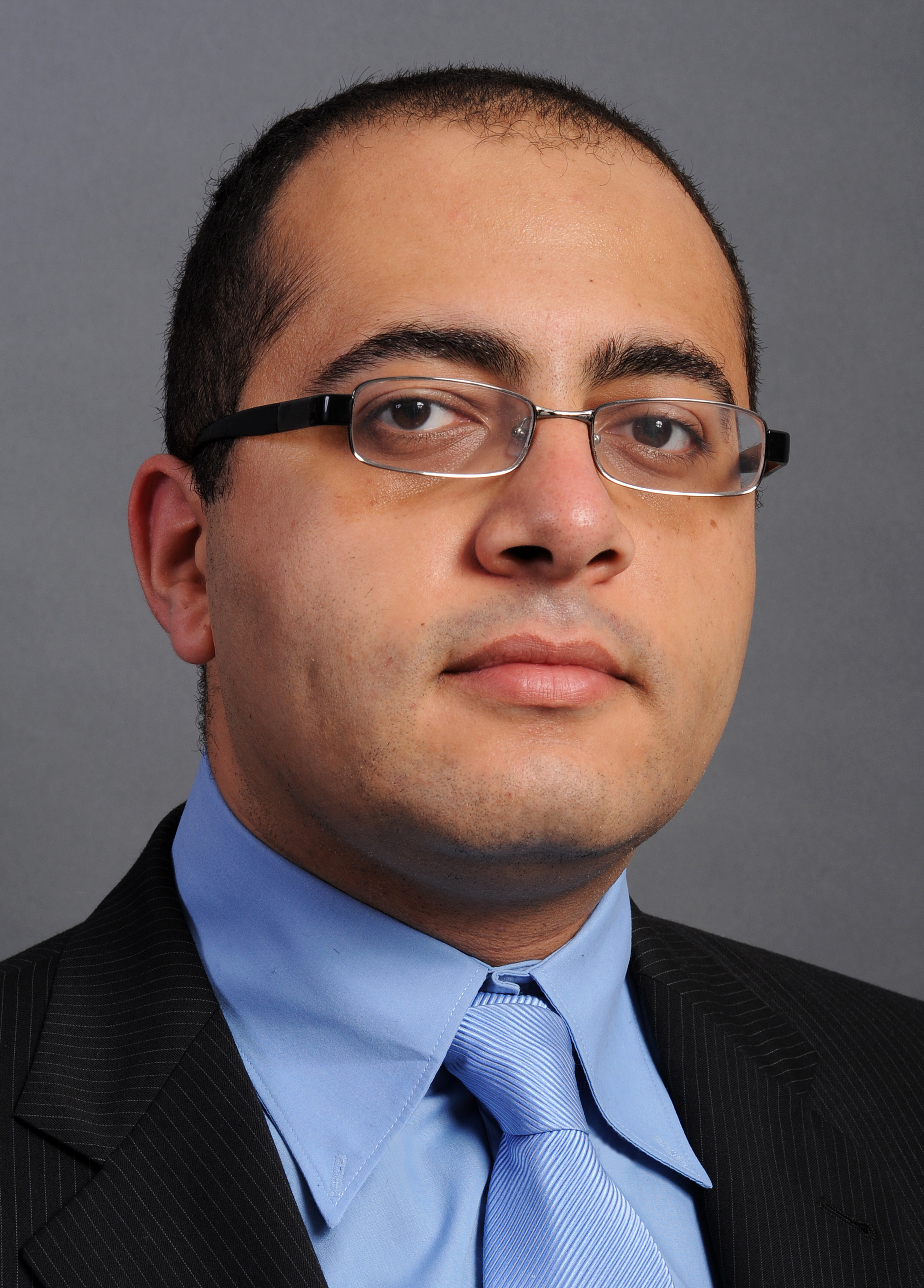Colloquia & Guest Speakers
Space-time wave packets: A new frontier for structured light
Ayman Abouraddy
CREOL, The College of Optics & Photonics, University of Central Florida
Monday, October 5, 2020
3 p.m.–4 p.m.
Zoom Virtual Setting
Abstract: Exercising control over the spatial degrees of freedom of the optical field has continued to yield breakthroughs over the past few decades, ranging from the discovery of Bessel beams and beams endowed with orbital angular momentum, to optical tweezers and traps, and the manipulation of the field in multimode optical fibers. Separately, but in parallel with these efforts, ultrafast pulse shaping has revolutionized our control over the temporal degree of freedom of the optical field. The spatial and temporal realms in optics have led for the most part independent lives with few examples of creative intersections. In this talk I show that precise, joint sculpting of the spatial and temporal degrees of freedom of optical fields – rather than modulating each separately – yields a new class of pulsed beams that I call ‘space-time’ (ST) wave packets. Surprising and useful optical behaviors are exhibited by ST wave packets when freely propagating or when interacting with photonic devices, leading to a new frontier for the study of structured light. I will share our recent experimental and theoretical results from this rapidly emerging topic and sketch potential applications that could benefit from ST wave packets.
 Bio: Ayman F. Abouraddy received the B.S. and M.S. degrees from Alexandria University, Alexandria, Egypt, in 1994 and 1997, respectively, and the Ph.D. degree from Boston University, Boston, MA, in 2003, all in electrical engineering. In 2003 he joined the Massachusetts Institute of Technology (MIT), Cambridge, as a postdoctoral fellow working with Prof. Yoel Fink (Materials Science & Engineering) and Prof. John D. Joannopoulos (Physics), and then became a Research Scientist at the Research Laboratory of Electronics in 2005. At MIT he pursued research on novel multi-material optical fiber structures, photonic bandgap fibers, nanophotonics, fiber-based optoelectronic devices, and mid-infrared nonlinear fiber optics. He has also been engaged in investigating techniques that lead to sub-diffraction-limited resolution in optical microscopy and lithography. He is the coauthor of more than 65 journal publications, 130 conference presentations, and 55 invited talks; he holds seven patents, and has three patents pending. His research also encompasses quantum optics and quantum information processing. He joined CREOL, The College of Optics & Photonics, at the University of Central Florida as an assistant professor in September 2008 where he has since established facilities for fabricating new classes of polymer and soft-glass fibers for applications ranging from mid-infrared optics to solar energy concentration. He also continues to pursue his research testing the foundations of quantum mechanics and implementing optical realizations of quantum computation.
Bio: Ayman F. Abouraddy received the B.S. and M.S. degrees from Alexandria University, Alexandria, Egypt, in 1994 and 1997, respectively, and the Ph.D. degree from Boston University, Boston, MA, in 2003, all in electrical engineering. In 2003 he joined the Massachusetts Institute of Technology (MIT), Cambridge, as a postdoctoral fellow working with Prof. Yoel Fink (Materials Science & Engineering) and Prof. John D. Joannopoulos (Physics), and then became a Research Scientist at the Research Laboratory of Electronics in 2005. At MIT he pursued research on novel multi-material optical fiber structures, photonic bandgap fibers, nanophotonics, fiber-based optoelectronic devices, and mid-infrared nonlinear fiber optics. He has also been engaged in investigating techniques that lead to sub-diffraction-limited resolution in optical microscopy and lithography. He is the coauthor of more than 65 journal publications, 130 conference presentations, and 55 invited talks; he holds seven patents, and has three patents pending. His research also encompasses quantum optics and quantum information processing. He joined CREOL, The College of Optics & Photonics, at the University of Central Florida as an assistant professor in September 2008 where he has since established facilities for fabricating new classes of polymer and soft-glass fibers for applications ranging from mid-infrared optics to solar energy concentration. He also continues to pursue his research testing the foundations of quantum mechanics and implementing optical realizations of quantum computation.
